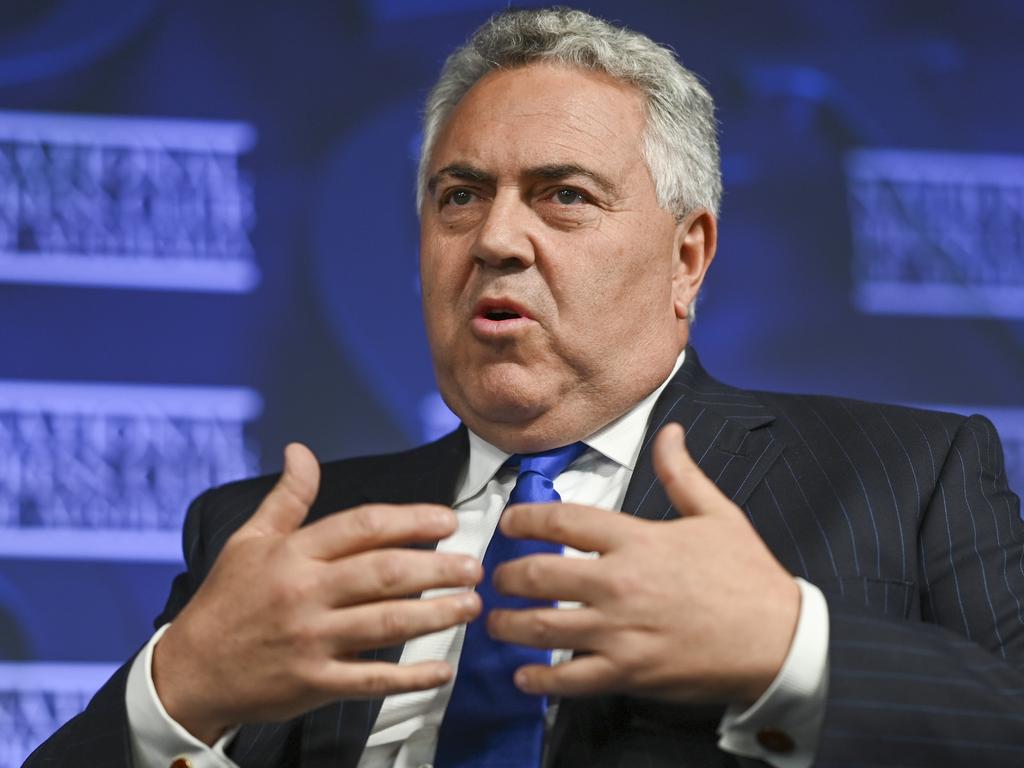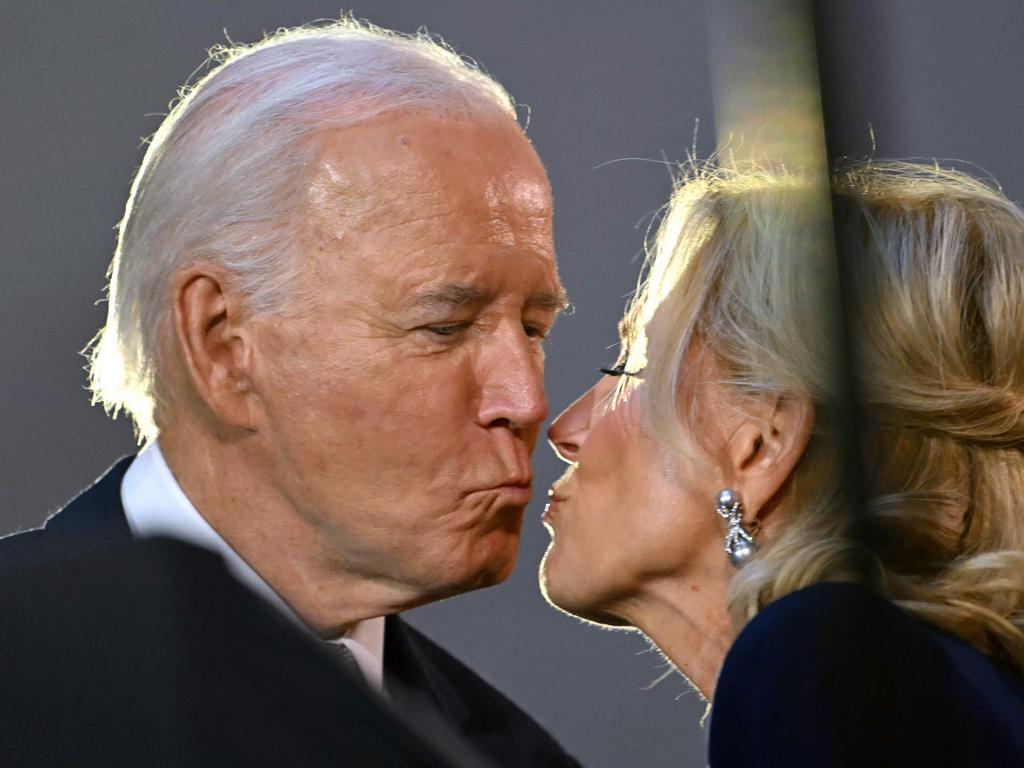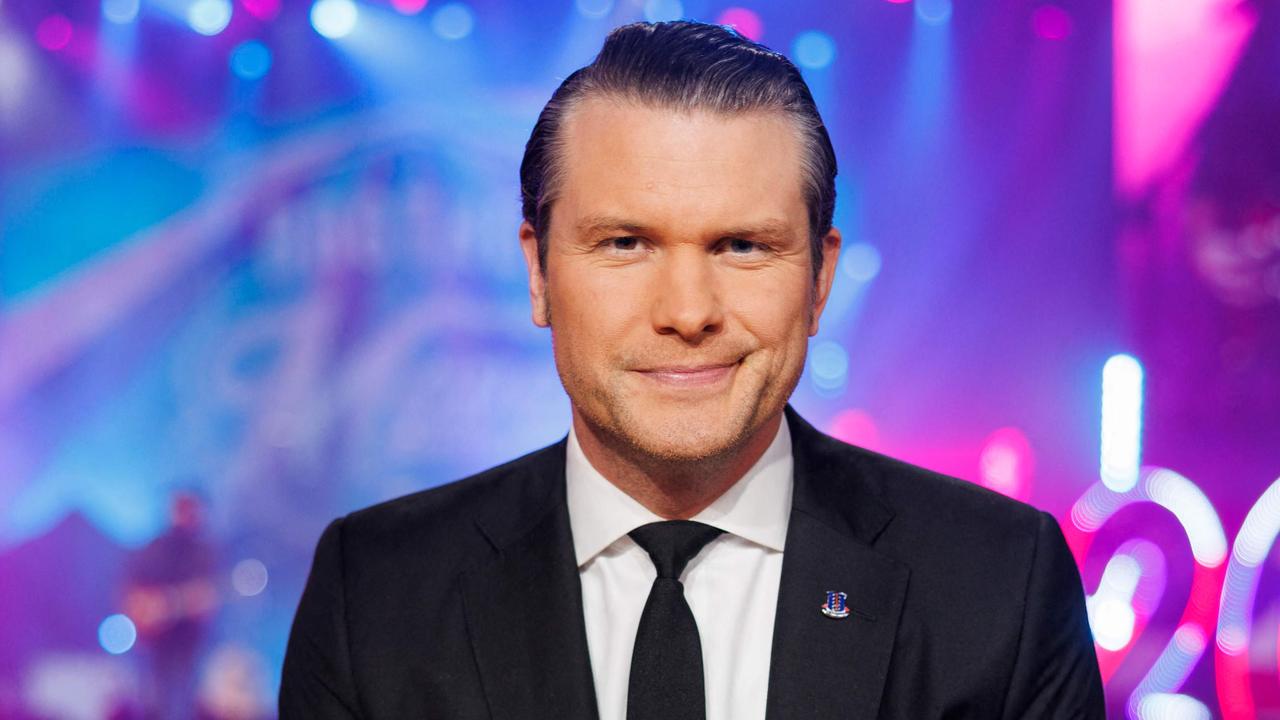Kamala Harris puts government intervention at heart of economic policy
Kamala Harris has pledged to use the might of the government to support domestic manufacturing and help the US beat China in the industries of the future.
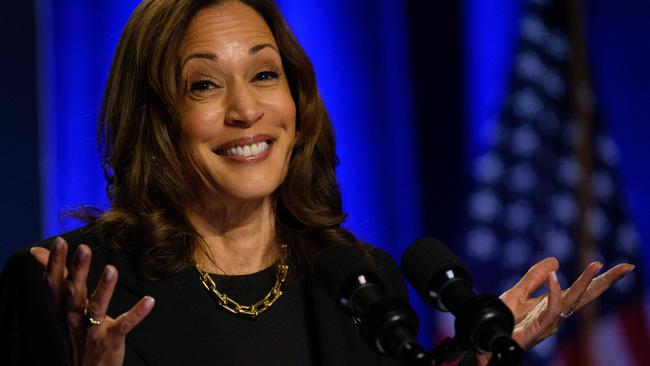
Kamala Harris pledged to use the might of the government to support domestic manufacturing and help the US beat China in the industries of the future, embracing a policy that puts federal intervention at the heart of her economic plan.
Harris on Wednesday said that if elected president, she would support a new tax credit that will invest tens of billions of dollars in domestic manufacturing. The credit would aim to create jobs in cutting-edge fields such as biotechnology and aerospace production, and to strengthen traditional industries such as iron and steel, Harris said in a policy document.
President Biden has long championed such policies, dedicating hundreds of billions of dollars to supporting the country’s manufacturing of computer chips, electric vehicles, batteries and other hi-tech goods.
Donald Trump has also placed American manufacturing at the core of his economic campaign, though the former president aims to use import tariffs and a targeted corporate tax cut to support domestic producers. Harris’s campaign has criticised Trump’s proposals, saying the costs of the new tariffs would likely get passed along to American consumers, leading to higher prices.
Harris is aiming to pay for the $100 billion in tax credits over a decade by raising taxes on US companies’ foreign earnings. The plan calls for Congress to implement the global corporate minimum tax agreement, campaign advisers said.
Harris struck a moderate and pragmatic tone in a speech in Pittsburgh on Wednesday, referring to herself as a capitalist who believes in a market economy. Trump has worked to paint her as a left-wing ideologue, often referring to her as “Comrade Kamala.” “One of the recurring themes of American history is that when we make an intentional effort to invest in our industrial strength, it leads to extraordinary prosperity and security – not only for years but for generations,” Harris said, before ticking off President Abraham Lincoln’s investments in the transcontinental railroad, President Dwight Eisenhower’s interstate highway construction and President John F. Kennedy’s support for the space race.
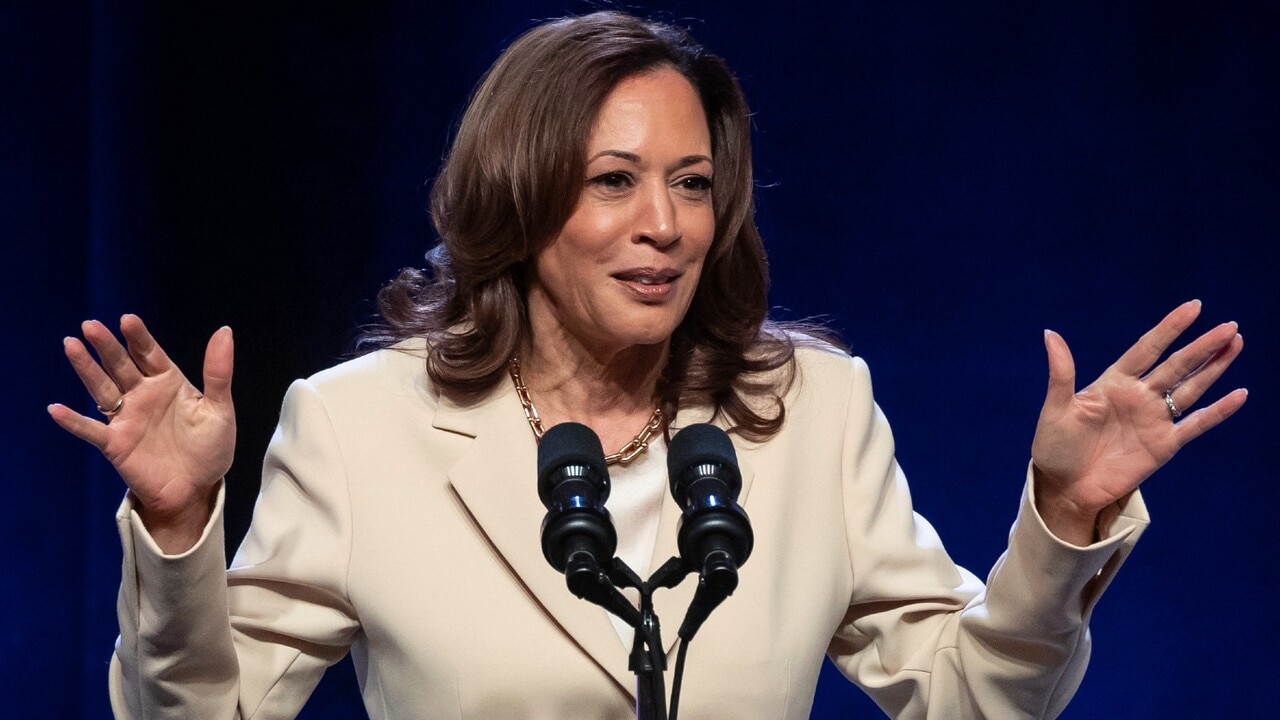
Her plans are largely an extension of Biden’s yearslong effort to use government tools and finances to boost key sectors of the economy. The approach, known in economic parlance as “industrial policy,” is also increasingly supported by some Republicans, who have relaxed their free-market convictions to help the US compete with China, which uses state-backed loans, equity and government subsidies to support its manufacturers.
Robert Barbera, an economist at Johns Hopkins University, sees some justification in adopting the kind of industrial policy Harris is leaning toward – some manufacturing capacity is necessary for economic security. “You don’t want to be in a position where you can’t get the chips you need to put in your cars and computers because China gave you the middle finger,” he said.
But Barbera also thinks that the emphasis both Harris and Trump have put on manufacturing jobs merely taps into sentimentality for bygone days.
“There is a nostalgic sense about their importance because manufacturing jobs were the higher paying jobs and they were highly unionised and they were trendsetters,” he said.
Factory employment has cut an erratic path in recent years. It grew in the first two years of Trump’s administration – in January 2019, there were a seasonally adjusted 462,000 more manufacturing jobs than there had been when he took office in January 2017. But they plateaued over the course of the next year, and then fell sharply when the pandemic hit. In January 2021 there were 178,000 fewer manufacturing jobs than there had been four years earlier. As of August, the US has added 739,000 manufacturing jobs during the Biden administration.
Even so, manufacturing now accounts for just 8.1 per cent of US jobs, a slightly lower share than at the end of former President Barack Obama’s time in office. In 1950, that share averaged 31 per cent.

Michael Hicks, an economics professor at Ball State University in Indiana, said the costs to taxpayers of industrial policy often outweigh the benefits. Job creation from such programs, he said, could be relatively low because hi-tech factories tend to be highly automated.
Hicks, a retired Army officer, said the approach is useful when aimed at computer chips and other items essential to national security.
“If this were being done to onshore textile manufacturing so I can buy cheaper jeans then the answer would be no because the benefits of migrating textile manufacturing from Vietnam or China to the US is zero,” he said. “The benefits of incentives on items like microelectronics, with a clear national security link, would be much higher.” In her speech, Harris cast her proposed tax credits as a key plank of the ” Opportunity Economy” she has been promoting in recent weeks. The term covers many of her policies aimed at helping middle-class Americans, including more aid for parents, caregivers and home buyers; investment in small businesses; and a ban on price-gouging to help consumers reeling from several years of high inflation.
Harris was speaking at the Economic Club of Pittsburgh, to an audience likely receptive to the idea of restoring American manufacturing. Both parties are jockeying for support from unions and blue-collar workers, which are key to the vote in big swing states.
Harris has sought to blunt Trump’s advantage with voters on the economy ahead of the start of early voting in battleground states – and some polls have shown the former president’s edge slipping.
In the final weeks of the campaign, both parties are making promises to help the middle class by reducing inflation and creating more lucrative jobs that don’t require a college education. Harris’s speech ticked through a host of other proposals she has mentioned before, such as building millions of homes to reduce housing costs and cutting taxes for middle-class Americans.
The plan to use tax credits to boost manufacturing would build on the foundation Biden laid in 2022 when he shepherded through Congress laws that provided hundreds of billions of dollars in subsidies to semiconductor manufacturers and clean-energy producers. Through grants and tax credits, those funds have spurred companies to undertake vast construction projects in multiple states, including a handful of giant computer-chip factories in Arizona, Ohio, Texas and beyond.
Harris would pay for the new tax credits by getting Congress to implement the global minimum tax agreement that Biden and Treasury Secretary Janet Yellen negotiated in 2021.
The deal aimed to set a floor under corporate tax rates. If Harris follows the Biden administration’s proposal, the US would impose a 21 per cent tax on American companies in each country where they operate.
Congressional Republicans largely oppose the international agreement. – Andrew Restuccia contributed to this article.
Dow Jones

